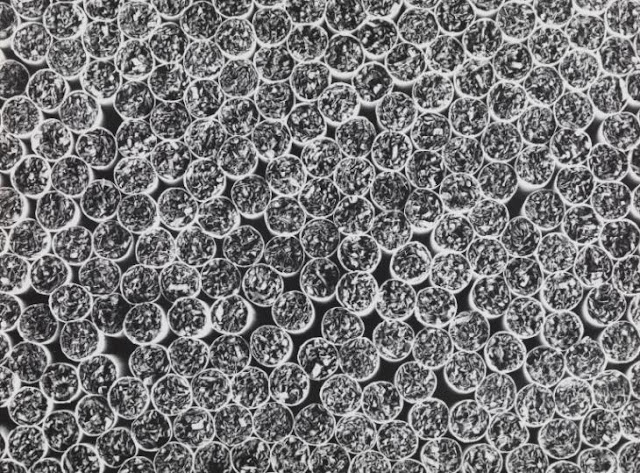Germaine Luise Krull ( November
1897 – July 1985) was a photographer, political activist, and hotel owner.
Her nationality has been
categorized as German, French, and Dutch. Described as "an especially
outspoken example" of a group of early 20th-century female photographers who
"could lead lives free from convention", she is best known for
photographically-illustrated books such as her 1928 portfolio Métal.
Krull was politically
active between 1918 and 1921. In 1919 she switched from the Independent Socialist
Party of Bavaria to the Communist Party of Germany, and was arrested and
imprisoned for assisting a Bolshevik emissary's attempted escape to Austria.
She was expelled from
Bavaria in 1920 for her Communist activities, and traveled to Russia with lover
Samuel Levit. After Levit abandoned her in 1921, Krull was imprisoned as an
"anti-Bolshevik" and expelled from Russia.
She lived in Berlin
between 1922 and 1925 where she resumed her photographic career. Among other photographs
Krull produced in Berlin were a series of nudes.
In Paris between 1926 and
1928, Krull became friends with Sonia Delaunay, Robert Delaunay, Eli Lotar,
André Malraux, Colette, Jean Cocteau, André Gide and others; her commercial
work consisted of fashion photography, nudes, and portraits. During this period
she published the portfolio Métal (1928) which concerned "the essentially
masculine subject of the industrial landscape."
Krull shot the
portfolio's 64 black-and-white photographs in Paris, Marseille, and Holland
during approximately the same period as Ivens was creating his film De Brug "The
Bridge") in Rotterdam, and the two artists may have influenced each other.
The portfolio's subjects range from bridges,
buildings (e.g., the Eiffel Tower), and ships to bicycle wheels; it can be read
as either a celebration of machines or a criticism of them
Many of the photographs
were taken from dramatic angles, and overall the work has been compared to that
of László Moholy-Nagy and Alexander Rodchenko. In 1999–2004 the portfolio was
selected as one of the most important photobooks in history.



